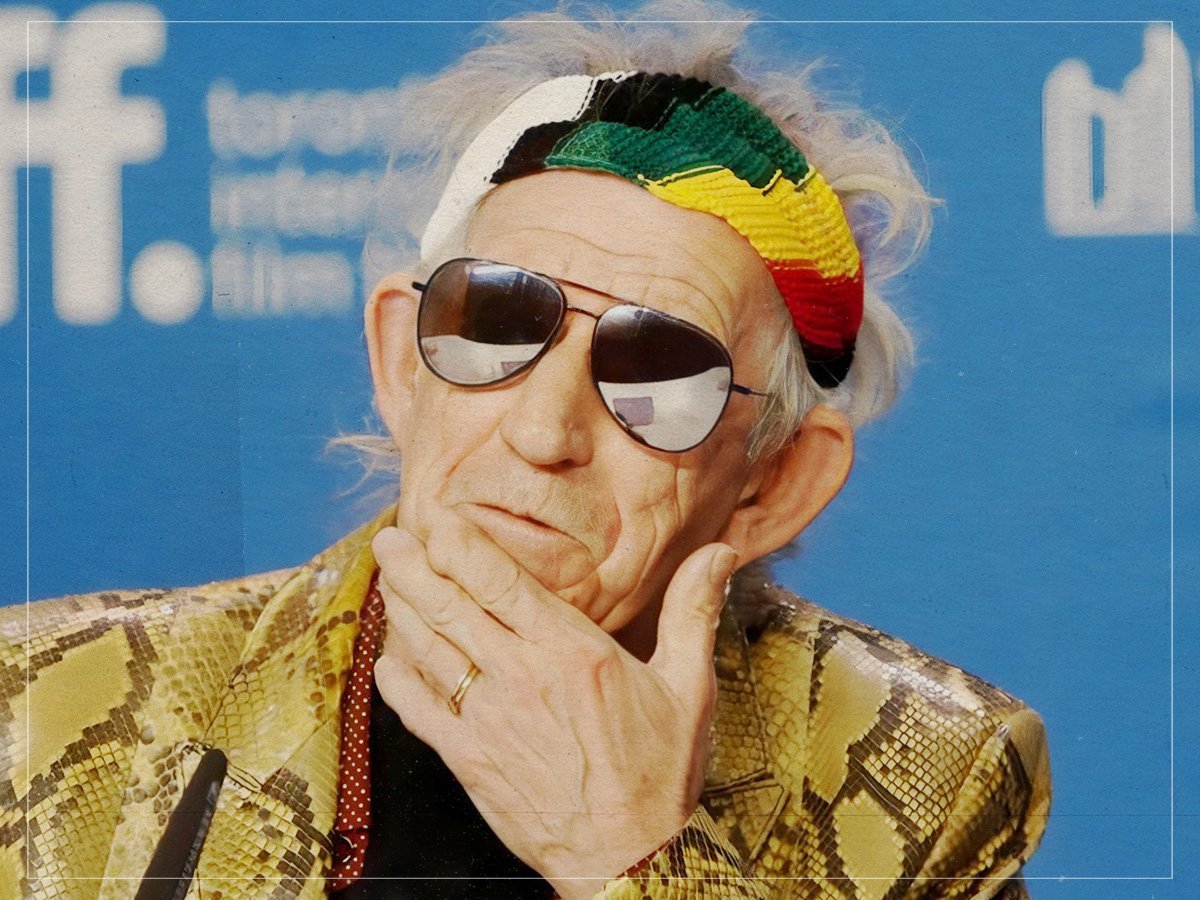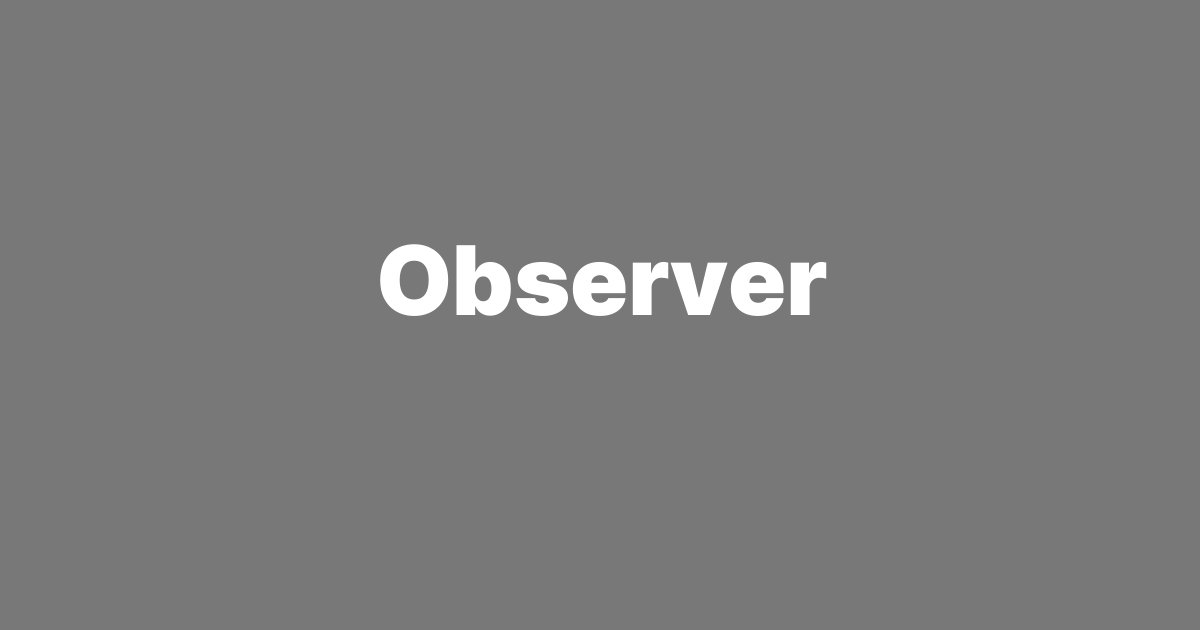This article is part of the Fine Arts & Exhibits special section on the art world stretching boundaries with new artists, new audiences and new technology.
Planning to visit Pace Gallery soon? Be prepared for a tight squeeze.
As part of its show on the American photographer Irving Penn this fall, the Manhattan gallery is recreating the narrow corners where Penn once asked distinguished subjects like the boxer Joe Louis and the writer Truman Capote to pose as if they were naughty children in timeout. Curated by the conceptual artist Hank Willis Thomas, the show will present Penn’s work in a star-shaped gallery-within-a-gallery inspired by that 1948 set.
The exhibition, which opens on Nov. 15 and runs through Dec. 21, is part of a wave of high-profile photography shows coming to galleries across the United States, and especially New York. After at least a decade of focusing almost exclusively on painting, many of the largest and most powerful art dealers are dedicating significant attention and real estate to photography.
It is part of a broader renaissance for the medium that is arriving, perhaps counterintuitively, just as images produced by artificial intelligence become virtually indistinguishable from real documentation.
“The link between a photograph and the outside world broke very recently and I’m not sure we’ve really thought through the implications of that, culturally,” said the New York artist Trevor Paglen. At Altman Siegel gallery in San Francisco, Paglen is presenting nearly two dozen photographs he has taken over 20 years of novel aerial phenomena, more commonly known as U.F.O.s. The prints, on view through Nov. 2, look at first glance like relatively conventional American landscapes — until you notice a tiny round disc floating through the air in each one, here amid the trees, there above a lake.
These images — which, Paglen notes, are undoctored — embody a core tension in photography: How do we know that what we’re seeing is real? While most photography on view this season does not engage with A.I. explicitly, all of it explores how an image can be manipulated, obscured or framed to tell a particular story.






